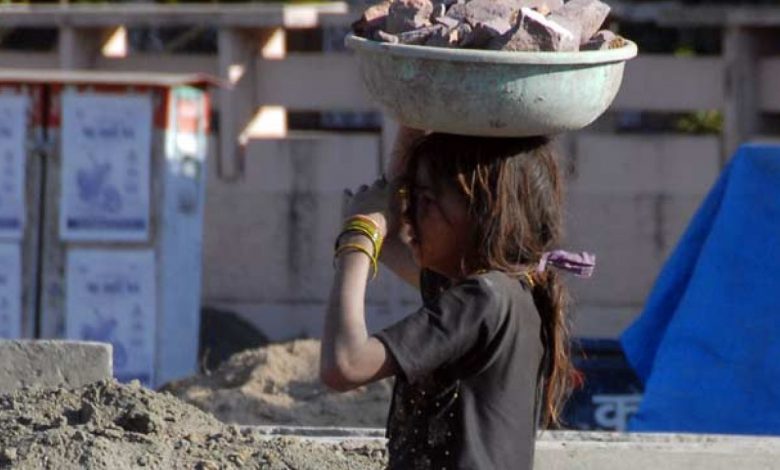
A recent survey conducted by the Khyber Pakhtunkhwa Labor Department, in collaboration with UNICEF and the Commonwealth Development Office, has revealed a distressing reality—approximately 7.45 lakh children are engaged in labor across the province. The highest number of child laborers is found in sectors such as agriculture, forestry, and fisheries.
The survey, covering all districts, including the newly merged ones, discloses that the total population of children aged 5 to 17 in the province is around 82.82 lakh. Among them, 43.88 lakh are boys, and 38.92 lakh are girls.
Within Khyber Pakhtunkhwa, a staggering 7.45 lakh children are currently trapped in child labor. Shockingly, 3.78 lakh are toiling in agriculture, forestry, and fisheries, with an additional 1.39 lakh engaged in water collection, 71,215 in wholesale business, 56,742 in manufacturing, 33,733 in construction, 15,085 in the food industry, 14,221 in transport, and 24,209 in various other sectors.
Also Read: Female Candidate Shakira Shinwari Vows to Tackle Women’s Issues in Landi Kotal
Disturbingly, child labor prevalence is significantly higher in the 14-17 age group, constituting 21.6 percent of working children and 15.5 percent engaged in hazardous work. The major contributors to child labor are agriculture, forestry, and fishing (51.6 percent), water storage (19.1 percent), wholesale and retail trade (9.7 percent), and manufacturing (7.7 percent).
The educational disparity is evident, with over 44 percent of child labor household heads lacking education. Poverty remains a primary driver, compelling 32 percent of families to push their children into labor. Moreover, 26 percent of families supported by the Benazir Income Support Program are also involved in child labor, along with 6.6 percent of orphans.
The report goes on to detail the severe impact of child labor on children, encompassing physical and psychological consequences, hindrance to education, workplace abuse, economic exploitation, and profound health implications. Urgent and comprehensive measures are imperative to address this critical issue and secure a better future for these vulnerable children.
1.jpeg)
09 Jul, 2025






1.jpeg)
09 Jul, 2025